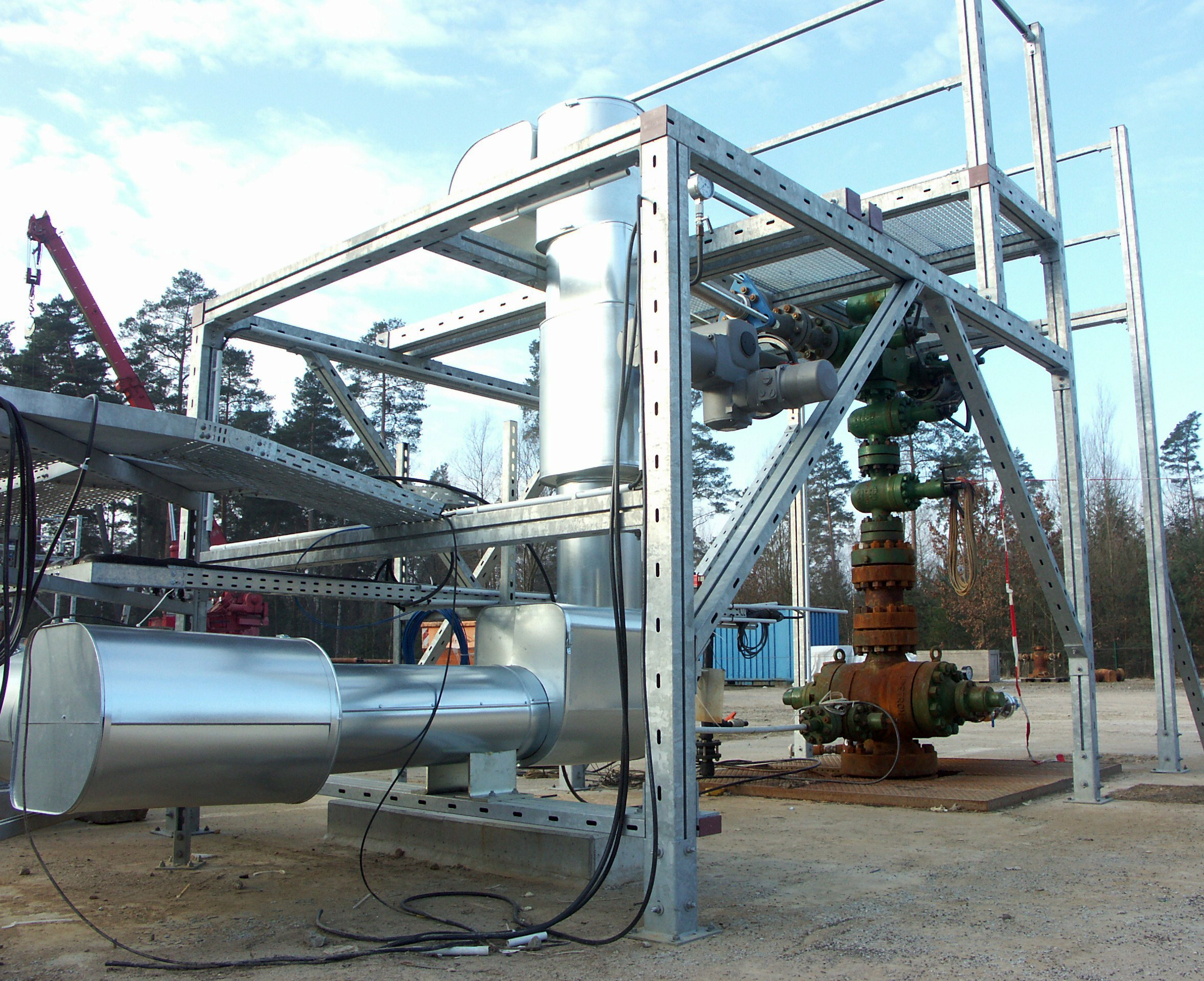Geothermal Research Platform Groß Schönebeck
Contact:
Web:
Infrastructure belongs to:
The Groß Schönebeck geothermal research platform is located 50 kilometres north-east of Berlin on the southern edge of the North German Basin. Two research wells open up horizons at depths of between 3.9 and 4.4 kilometres at temperatures of around 150 °C. Such sedimentary basins, which are widespread worldwide, are made up of different layers of sedimentary rock on top of each other and contain large resources of hot deep water. From the reservoir to the kilowatt hour, all stages of geothermal energy supply under natural conditions are scientifically analysed here: From the safe exploration of potential reservoirs, their technical drilling development and engineering treatment, to the development of a sustainable thermal water cycle and the efficient conversion of energy into heat and electricity. The laboratory is unique worldwide in terms of the type of reservoir used and serves as a reference for the development of geothermal technologies for hydrothermal reservoir rocks with low permeability.
The expansion of the site began in 2001, when the non-detectable natural gas exploration well E GrSk 3/90 was reopened and successively expanded by the German Research Centre for Geosciences into an in situ geothermal laboratory for research purposes. In 2006, the second borehole Gt GrSk 4/05 was drilled and a geothermal doublet from both boreholes was installed. Several series of experiments were carried out in the 4.4 kilometre deep boreholes in order to improve the inflow conditions to the borehole and increase thermal water production. An image of the geological subsurface was created on the basis of borehole measurements and 3D modelling. In 2011, a corrosion test section for material analyses was set up at the site to investigate the interactions of the high-salinity deep waters with technical system components in the context of corrosion and scaling.



